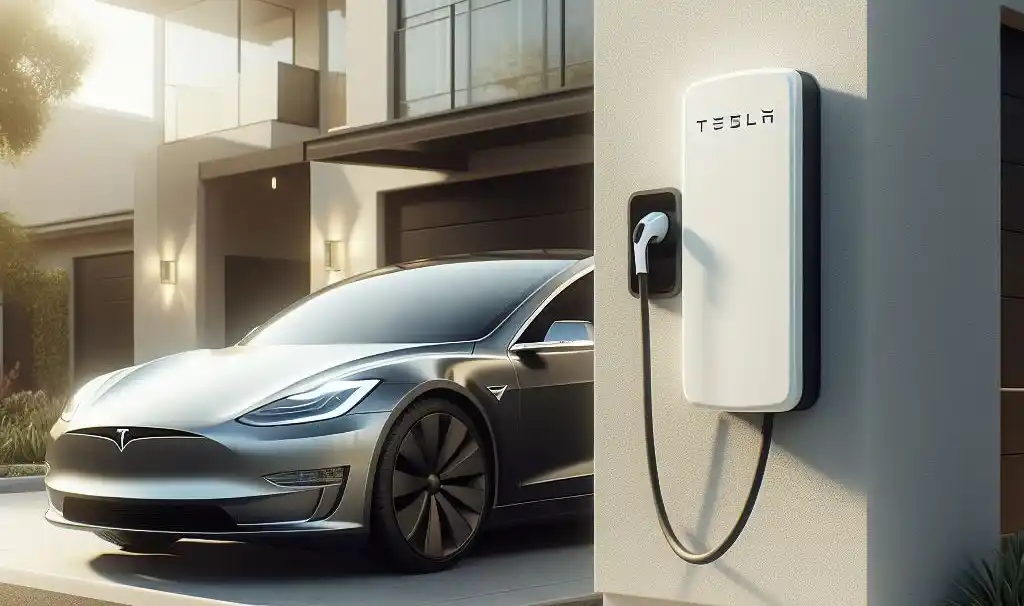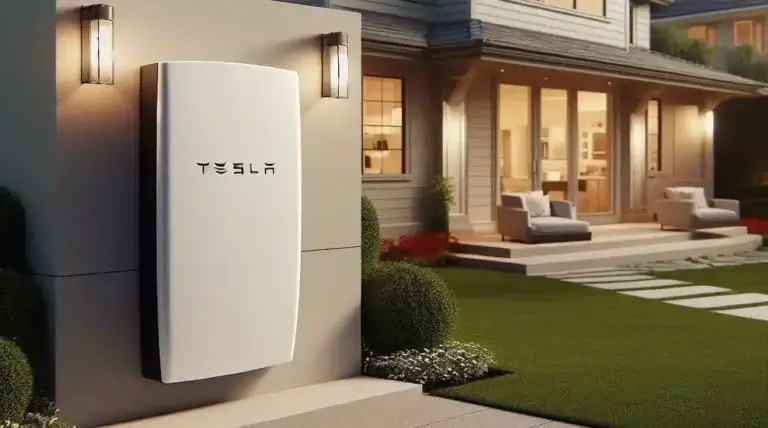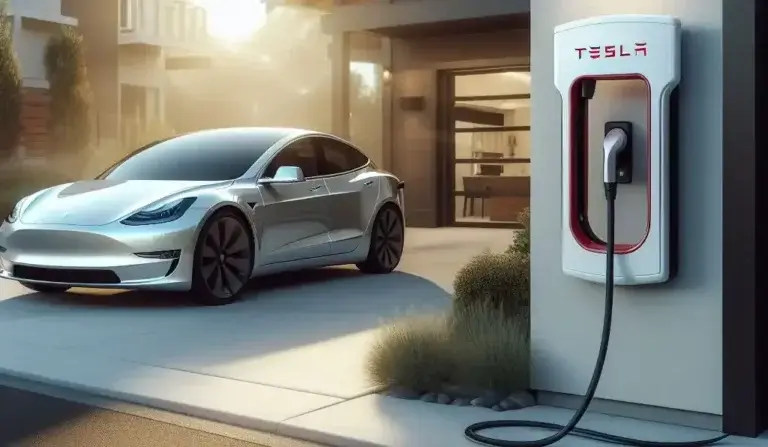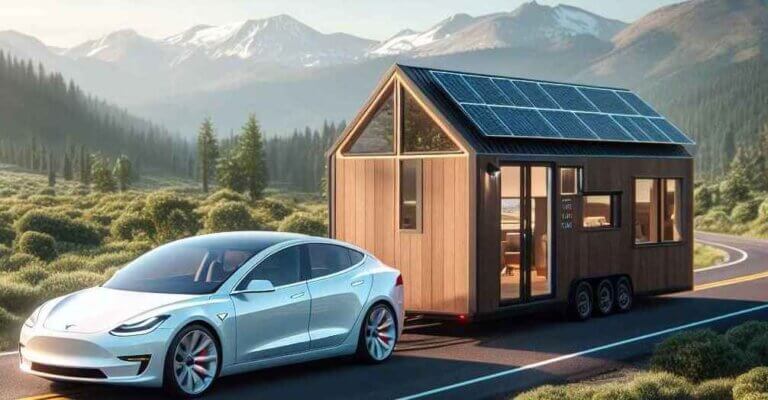Tesla Wall Connector Gen 3 vs Gen 2
The Tesla Wall Connector is an important device for Tesla EV owners, allowing faster and more convenient charging at home. Tesla has recently released an updated third-generation (Gen 3) Wall Connector, building on the previous second-generation (Gen 2) model. In this comprehensive guide, we’ll compare the Tesla Wall Connector Gen 3 vs Gen 2, analyzing the pros, cons, specs, features, pricing, and more to help you decide which is better for your needs.
Table of Contents
History of Gen 2 vs Gen 3
Home charging is crucial for any EV owner, enabling you to fully charge your vehicle overnight ready for the next day. The Tesla Wall Connector delivers the fastest AC charging speeds, providing up to 44 miles of range per hour for newer Tesla models. While the Gen 2 connector has served owners well since 2016, Tesla has unveiled an upgraded next-generation model – the Gen 3 Wall Connector.
We’ll analyze how the Gen 3 improves upon its predecessor, key factors to consider when deciding between the Gen 2 and 3, installation and hardware differences, firmware updates, load-sharing capability, charging speeds, pricing, and more. By the end, you’ll have all the details to determine if it’s worthwhile upgrading to the latest Tesla wall charger.
Tesla Wall Connector Gen 3 vs Gen 2: At a Glance Comparison
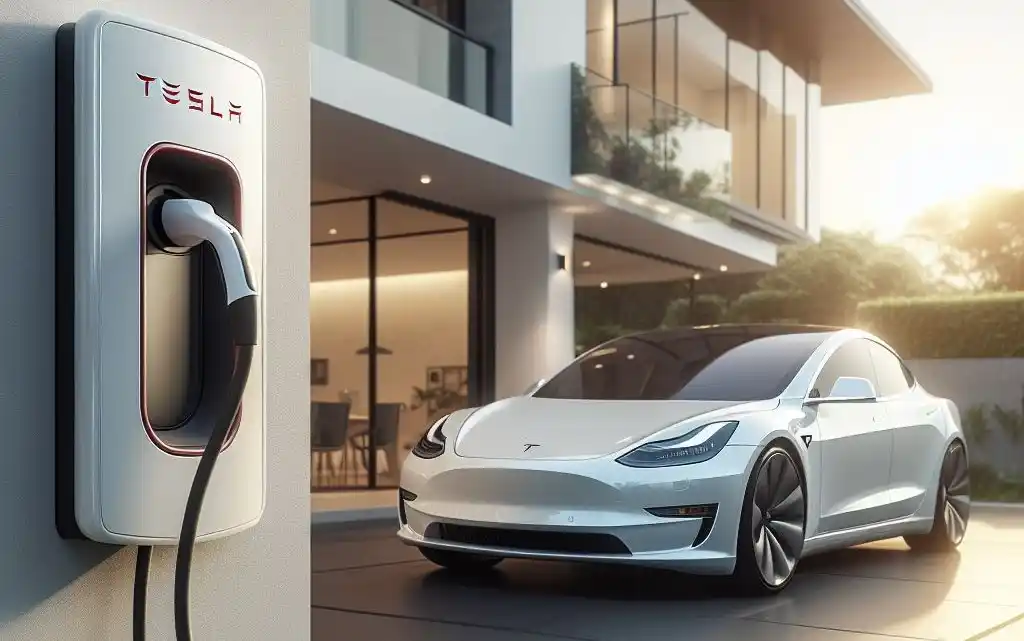
Here is a high-level Tesla Gen 3 vs Gen 2 Tesla Wall Connector comparison before we dive into more details:
| Specs | Gen 3 Wall Connector | Gen 2 Wall Connector |
|---|---|---|
| Max Charging Speed | Up to 48Amps, 11kW | Up to 48Amps, 11kW |
| WiFi/LTE Connectivity | Yes | No |
| Cable Length | 18ft or 24ft | 18ft only |
| Dimensions | 364 x 256 x 106mm | 390 x 190 x 120mm |
| Weight | Approximately 2.7kg | Approximately 3.1kg |
| Enclosure | Glass front cover | Plastic |
| Load Sharing | Yes, with up to 16 devices | No |
| Firmware Updates | Over-the-air via WiFi | Manual install via USB |
| Color Options | White, Anthracite | White, Anthracite |
| Release Date | January 2023 | August 2016 |
| Price | $550 | $500 |
Now let’s explore these key differences in more detail…
Tesla Wall Connector Gen 3 Features and Specifications
Tesla made several impactful upgrades going from Gen 2 to Gen 3 of the Wall Connector. Beyond aesthetic changes, most of the improvements focus on connectivity, configuration, and future-proofing.
Hardware and Design Changes
The Gen 3 Wall Connector features an updated design with a sleek glass front cover, providing a smooth and modern aesthetic. It has an integrated cable management system in the base for a cleaner install.
In terms of hardware specs and charging capability, much remains the same between the Gen 2 and Gen 3:
- Maximum charging speed – Both generations support up to 48 amps of charging, providing around 11 kW. This enables ~44 miles of range per hour charging for newer Teslas.
- Cable length – The Gen 3 offers cable options including 18ft and 24ft. This provides more flexibility for garage layouts. The Gen 2 only has an 18ft cable option.
- Power output – As with the Gen 2, the Gen 3 can be configured for various power outputs including 40 amp, 48 amp or higher depending on your electrical system.
- Dimensions – The Gen 3 has more compact dimensions at 364 x 256 x 106mm compared to the Gen 2’s 390 x 190 x 120mm size.
- Weight – At approximately 2.7kg, the Gen 3 is slightly lighter than the roughly 3.1kg Gen 2 model.
- Color options – Both generations come in two color options – gloss white or anthracite.
The Gen 3 refinements make for a more polished, flexible, and easier-to-handle Wall Connector unit compared to the previous model. But the connectivity, configuration, and load-sharing improvements are where more significant upgrades shine through.
Advanced Features and Functionality
The Gen 3 Tesla Wall Connect connector brings some exciting new ‘smart’ features not available on the Gen 2. These upgrades focus heavily on software improvements leveraged through the integrated internet connectivity.
WiFi and LTE Connectivity
Unlike the Gen 2, the Gen 3 Wall Connector includes WiFi and LTE capabilities for internet connectivity. This provides the ability for:
- Over-the-air software updates – Firmware can now be upgraded remotely without needing to manually install from a USB drive. This promises to enable easy integration of new features and optimization in the future.
- Remote control – You can now control, configure, and monitor charging sessions and more all from the Tesla app. Start and stop charging your EV without leaving your couch!
- Communication with other products – There is speculation the connectivity could eventually allow communication between the Wall Connector, your Tesla car, Powerwall system, solar panels, and more – enabling smart home energy optimization.
Dynamic Load Sharing
The Gen 3 uniquely offers dynamic load-sharing capabilities too, intelligently balancing power across multiple high-powered devices. Load sharing allows the Wall Connector to:
- Share a circuit safely with up to 16 other Wall Connector Gen 3 devices without exceeding the circuit limit. Each device dynamically communicates to balance the available power.
- Avoid upgrading electrical panel costs in some cases where additional Wall Connectors are desired. The Gen 2 would require each connector to have its dedicated circuit.
The load sharing is intelligently automated, and continuously optimized based on real-time energy usage across devices.
Configuration and Monitoring
Thanks to the WiFi/LTE connectivity and Tesla app integration, Gen 3 owners gain more transparency and control options:
- Easy power output and amperage configuration
- Charging session history and monitoring
- Custom notification settings
- Granular software controls instead of solely the manual dipswitch
This helps optimize your home charging setup while adding helpful convenience features.
Future Proofing
The improved connectivity and configuration provide a degree of future-proofing too. Tesla can easily roll out optimizations and new capabilities to your system through remote software updates. So even if the charging hardware itself remains unchanged for years, your wall connector’s features and intelligence can continually advance through the cloud.
While the Gen 2 lacks connectivity, it may still receive some firmware enhancements through manual USB updates. But the Gen 3 certainly provides greater confidence in compatibility for years to come.
Now you understand the core hardware and feature differences between the connector generations. Next, we’ll compare some other key factors in deciding between Gen 2 and 3.
Gen 3 vs Gen 2 Pricing Compared
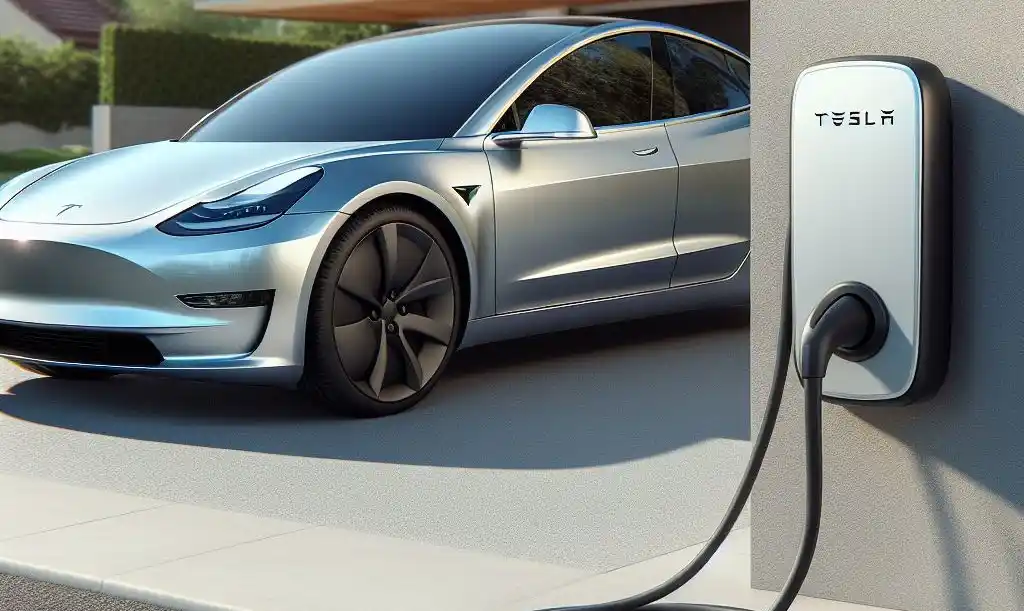
With the hardware improvements and the addition of high-tech connectivity/reconfigurability features, you may expect the Gen 3 Wall Connector to carry a steep premium. However, that is not the case with only a $50 price difference:
- Gen 3 Wall Connector – $550
- Gen 2 Wall Connector – $500
The minor price gap makes the Gen 3 a very compelling upgrade given the more advanced features noted above. Of course, for a new installation, you’ll also need to account for electrician install costs. This may be comparable for both generations, assuming similar power/amperage output.
For potential load sharing scenarios though, the Gen 3 could avoid extra installation costs down the road where multiple connectors are desired. The connectivity capabilities provide optimization opportunities too, like balancing solar and Powerwall energy usage to reduce costs.
But all factors considered, the Gen 3 is attractively priced and provides excellent value over its predecessor.
Installation and Compatibility for Gen 3 vs Gen 2
Tesla designed both the Gen 2 and Gen 3 Wall Connectors for relatively straightforward installation. In most cases, professional installation by an electrician is recommended to safely integrate with your home’s electrical system. Here we’ll explain key factors around installation and compatibility for each generation.
Gen 2 Installation
The Gen 2 Wall Connector is compatible with any grounded electrical system meeting configuration requirements, including:
- 200-240V single-phase AC power
- Safety standards – UL listed, CAN/CSA certified
- Suitable circuit breaker rating for desired amperage
- Wall mounting hardware and tools
A variety of wiring configurations are possible, with typical options including 40 amp or 48 amp circuit ratings. Higher amperages are possible too but may require significant electrical upgrades.
Your electrician will handle key steps like isolating circuits, wiring the connector unit safely, configuring the dipswitch power setting, and testing operation. They’ll ensure safety, and code compliance, and optimize performance. Physical installation is fairly straightforward but the electrical intricacies make professional guidance advised.
The Gen 2 installation process remains mostly consistent across vehicle models. Note that only Tesla models with the HPWC charge port are compatible – originally Model S and X cars, as well as all Model 3 and Y vehicles.
Gen 3 Installation
As Tesla’s latest offering, the Gen 3 Wall Connector naturally meets the same power standards and installation fundamentals as the Gen 2. This includes compatibility across 200-240V single-phase power and supported Tesla vehicles.
However, the Gen 3 does present a few unique installation considerations to weigh:
Load sharing capabilities – The Gen 3 supports wiring multiple connectors to safely share a circuit across 16 devices, avoiding the need to upgrade electrical infrastructure in some cases. Your electrician can advise the best approach to balancing load-sharing benefits and electrical constraints.
Cable length flexibility – With 18ft and 24ft cable options, the Gen 3 accommodates more garage layouts than the Gen 2’s sole 18ft cable. Measure car charging placement carefully and pick the best length.
WiFi signal strength – For full functionality, including over-the-air updates, ensure the Wall Connector is installed in a location with adequate 2.4GHz WiFi coverage from your router.
Mobile app set up and configuration – Unlike the manual dipswitch adjustments for the Gen 2, all power configurations and settings for the Gen 3 are made digitally in the mobile app. This is fast and convenient but depends on proper WiFi networking.
Future upgrade considerations – If adding more connectors down the road, the Gen 3’s load sharing can optimize your home energy usage, especially as solar and Powerwall systems grow.
Outside of those differences, the general installation process aligns closely between the Gen 2 and 3 Wall Connectors. Given the electrical intricacies involved, professional electrician installation is still highly recommended for either model. They’ll ensure full safety, efficiency, and quality integration with your home’s systems.
Gen 3 vs Gen 2 Wall Connector Charging Speeds
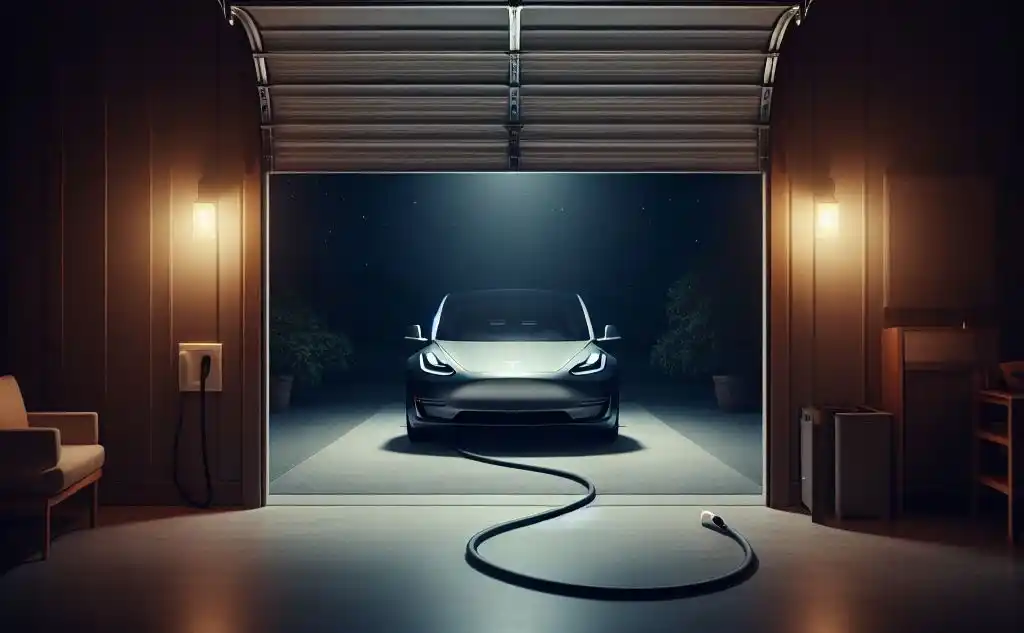
Charging speed is a vital consideration for any home EV charger. Faster charging means more convenient everyday usability restoring your driving range quickly. Here we’ll break down the charging capabilities of both the Gen 2 and Gen 3 Wall Connectors.
Max Charging Rates
As covered earlier, the maximum charging power output potential is technically equivalent between the Gen 2 and Gen 3 hardware, with both supporting:
- Up to 48 amps of power draw
- 11kW charging rate
It’s important to note that the max charge rate depends on your home electrical system capacity and installation setup. What matters is that the connectors share the same best-case charging speeds.
Actual Charge Speed Analysis
While both generations can theoretically charge at up to 11kW, actual charging power will vary depending on the connected car model and setup factors.
Based on Tesla specs, here are typical peak charging speeds you can expect with either Gen 2 or 3 Wall Connector:
- Model 3 and Y vehicles cap at ~11kW (48 amps) enabling about ~44 miles of range per hour charging.
- Model S and X vehicles are limited to ~7kW (32 amps) allowing ~28 miles per hour charging.
So you should see identical real-world charge rates comparing the Gen 2 and Gen 3 hardware. Both deliver the fastest charging Tesla support outside of its Supercharger DC fast charging stations.
Future Charging Speed Improvements
The Gen 3 Wall Connector’s connectivity and remote update capabilities do theoretically allow Tesla to enhance charging speeds in the future. But for now, that 48 amp hardware limit restricts both generations evenly.
We expect the Gen 3 has a greater likelihood of faster charging arriving eventually though. Tesla could tweak voltage amperage parameters through software updates, optimizing available power delivery. However, no specific upgrades are confirmed.
Bottom line – Gen 2 and Gen 3 enable equivalent AC charging performance today. The Gen 3 offers the potential for faster charging arriving later via online updates – but no guarantees. Either way, both provide pleasing charge rates for daily driving needs.
Gen 3 vs Gen 2: Which Should You Choose?
Now that you understand the key similarities and differences between the Wall Connector generations, we’ll summarize the main factors to consider when deciding which version fits your needs.
Gen 2 Wall Connector
The Gen 2 connector still holds up nicely today as Tesla’s established EV charger option, offering:
- Proven quality and performance history after many years on the market
- Slightly lower $500 retail pricing
- Familiar installation procedure for electricians
As Tesla’s previous gold standard for home charging, you can feel confident picking the Gen 2 unit. Just recognize you’ll miss out on the Gen 3’s newly added feature set.
Gen 3 Wall Connector
The Gen 3 iteration improves upon the Gen 2 across design, convenience, connectivity, and future-proofing. Key advantages include:
- Smoother Glas front face and cable management refinements
- WiFi and LTE connectivity adding remote control and update capabilities
- Extra long 24ft charging cable option
- Dynamic load-sharing support across 16 units to streamline multi-charger installs
- Native Tesla app integration for monitoring and controls
- Over-the-air firmware update future-proofing as capabilities expand
The Gen 3 brings some compelling perks over its predecessor. Shoppers spending over $500 may find the modest $50 upgrade cost very agreeable for the fresh premium features.
Key Buying Considerations
Weighing your options between generations comes down to a few key questions:
- Is WiFi connectivity useful? Smart controls and automatic updates are very handy. But if putting the charger in an offline garage, less relevant.
- Will you add more chargers eventually? If so the Gen 3 load sharing could drastically simplify expanding capacity.
- Is 24ft cable length beneficial? The extra cord length goes a long way in fitting chargers in awkward garage positions. Measure carefully!
- Do advanced features sway your purchasing? The Gen 3 certainly carries excitement and pride of ownership around its next-gen offerings.
Balancing those factors alongside the comparable real-world charging performance can guide your optimal pick. Many will find the Gen 3’s enhancements easily justify the small premium over the already proven Gen 2 model though.
Conclusion
Home charging is essential for Tesla owners, providing overnight range restoration for daily driving needs. Both the Gen 2 and newly released Gen 3 Wall Connectors deliver best-in-class AC charging rates up to 11kW. This pumps up to 44 miles of driving range into your EV per hour.
While charging performance is similar across both hardware generations, the Gen 3 sets itself apart thanks to connectivity upgrades. WiFi and LTE integration pave the way for remote monitoring, smartphone controls, and future over-the-air updates. Load-sharing optimization also streamlines installing multiple chargers.
Considering the minor $50 retail price difference, the Gen 3 Wall Connector brings excellent value. Shoppers benefit from proven Gen 2 charging tech plus next-gen smart features. Those load-sharing and cable length perks may even cut installation costs down the road too.
All factors considered, the Gen 3 Tesla Wall Connector stands highly compelling as a premium, future-proof charging station upgrade. Convenience and configuration capabilities justify the small premium for many EV owners over its already great predecessor.
Here are some frequently asked questions about the Tesla Wall Connector Gen 3 vs Gen 2 to include at the end of the article:
FAQs
Q: Is the Gen 3 Wall Connector compatible with older Tesla models?
A: Yes, the Gen 3 has broad compatibility with any Tesla model that supports the HPWC port, including Model S, Model X, Model 3, and Model Y vehicles.
Q: Can the Gen 3 Wall Connector be installed outdoors?
A: No, both the Gen 2 and Gen 3 Connectors are designed solely for indoor installation. Using outdoors poses safety hazards.
Q: Does the Gen 3 offer faster charging speeds than the Gen 2?
A: No, both hardware generations provide equivalent maximum charging rates up to 11kW today. The Gen 3 has the potential for faster speeds unlocked in future software updates, however.
Q: Can I install multiple Gen 3 Wall Connectors for load sharing?
A: Yes, a key perk of the Gen 3 is dynamic load-sharing capability across up to 16 units on a single circuit. This avoids expensive electrical upgrades.
Q: Does the Gen 3 Wall Connector work on 100-amp or 200-amp circuits?
A: The Gen 3 works safely within a wide range of supported circuit amp capacities. Your electrician will determine the optimal amp rating based on your electrical system.
Q: Can I upgrade just the firmware on my Gen 2 connector?
A: Unfortunately no, the Gen 2 hardware lacks networking capabilities. Access to the Gen 3 features requires full replacement with the new Wall Connector unit.
Q: Is professional electrician installation required?
A: Tesla strongly recommends having a certified electrician install any Wall Connector model for safety assurance, efficiency, and legal compliance.

